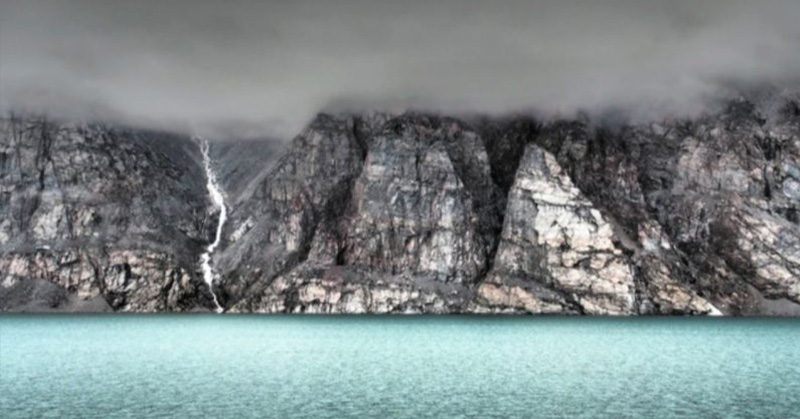A team of scientists from the University of British Columbia has unearthed remnants of a lost continent beneath Baffin Island, Nunavut, a region believed to have been buried over 150 million years ago. Nunavut, located in northern Canada, has attracted interest from gem-mining companies exploring kimberlite, an igneous rock that can contain diamonds. Kimberlite stones, formed millions of years ago, are propelled to the surface by volcanic activity, collecting diamonds along the way.

Earth’s lithosphere, composed of tectonic plates that move to shape the planet’s geography, undergoes constant changes. When these plates collide, continental crusts can fracture and shift, leading to the emergence of new landforms and the disappearance of others.
Evidence of a world we can only begin to imagine
Researchers analyzing kimberlite samples provided by Peregrine Diamonds have discovered geological similarities with the North Atlantic Cratons. The chemical composition of the rocks found in Baffin Island matches that of the ancient NAC crust. Of particular note is the presence of olivine, a magnesium iron silicate compound abundant in the original NAC crust.
Baffin Island, connected to the North Atlantic Craton, provides insight into a lost continent that existed millions of years ago. The unique composition of olivine and orthopyroxene in the kimberlite samples supports this finding.
“The mineral composition of other portions of the North Atlantic craton is so unique there was no mistaking it,” said study author Maya Kopylova. “It was easy to tie the pieces together. Adjacent ancient cratons in Northern Canada—in Northern Quebec, Northern Ontario and in Nunavut—have completely different mineralogies.”
Read: Ancient tree with record of Earth’s magnetic field reversal in its rings discovered
New horizons unlocked
The discovery of the NAC remnants suggests the continent is 10% larger than previously estimated. This finding, unlike prior Archean reconstructions, provides a deeper understanding of ancient landmasses at significant depths below the Earth’s surface. The newfound information will enable more comprehensive research in the future.
“With these samples, we’re able to reconstruct the shapes of ancient continents based on deeper, mantle rocks,” said Kopylova. “We can now understand and map not only the uppermost skinny layer of Earth that makes up 1 percent of the planet’s volume, but our knowledge is literally and symbolically deeper. We can put together 200-kilometer deep fragments and contrast them based on the details of the deep mineralogy.”
Recent discoveries of lost continents, including Zealandia and Mauritia, highlight the Earth’s dynamic past and the continuous evolution of its geography. The exploration of Baffin Island reveals a rich history buried beneath the surface, contributing to our understanding of the planet’s complex geological processes.
Sources
- Isabella O’Malley. Ancient lost continent has been discovered in Northern Canada. The Weather Network. https://www.theweathernetwork.com/ca/news/article/ancient-lost-continent-has-been-discovered-near-nunavut-canada. Retrieved 29-03-2020
- What is Tectonic Shift? National Ocean Service. https://oceanservice.noaa.gov/facts/tectonics.html. Retrieved 29-03-2020
- Ben Taub. Fragments Of An Ancient Lost Continent Have Been Discovered In The Canadian Arctic. IFL Science. https://www.iflscience.com/environment/fragments-of-an-ancient-lost-continent-have-been-discovered-in-the-canadian-arctic/. Retrieved 29-03-2020
- Geologists find lost fragment of ancient continent in Canada’s North. UBC. https://science.ubc.ca/news/geologists-find-lost-fragment-ancient-continent-canada%E2%80%99s-north. Retrieved 29-03-2020
- Mindy Weisberger. Piece of lost continent discovered beneath Canada. Live Science. https://www.livescience.com/lost-continent-diamonds-canada.html. Retrieved 29-03-2020






